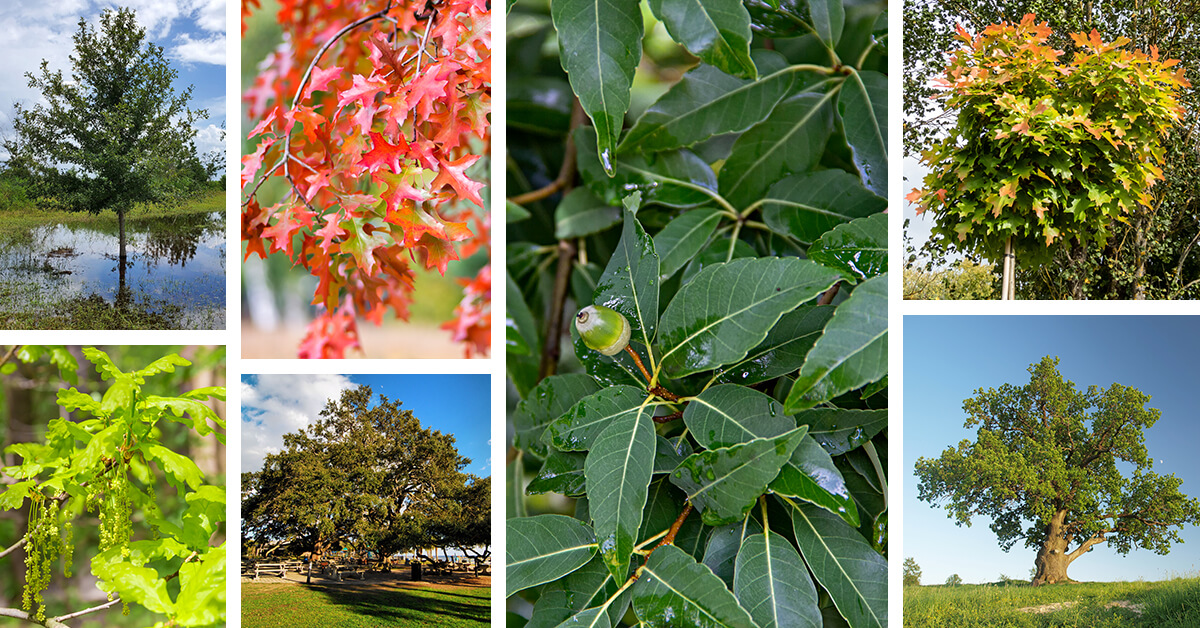Many of us have been left in awe by the sight of different types of oak trees.
Its mature stance and defying heights make us wonder and even feel connected to the oak. Oak trees are versatile in gardens and are found across the globe. When you consider oaks for your garden, however, there are some key things you should know. Not all oaks grow and behave the same. Their variety gives you the chance to find a plethora of choices. Your property is unique and should be planted that way, so this guide gives you “everything oak” in one place.
Your Ultimate Guide to Oak Trees
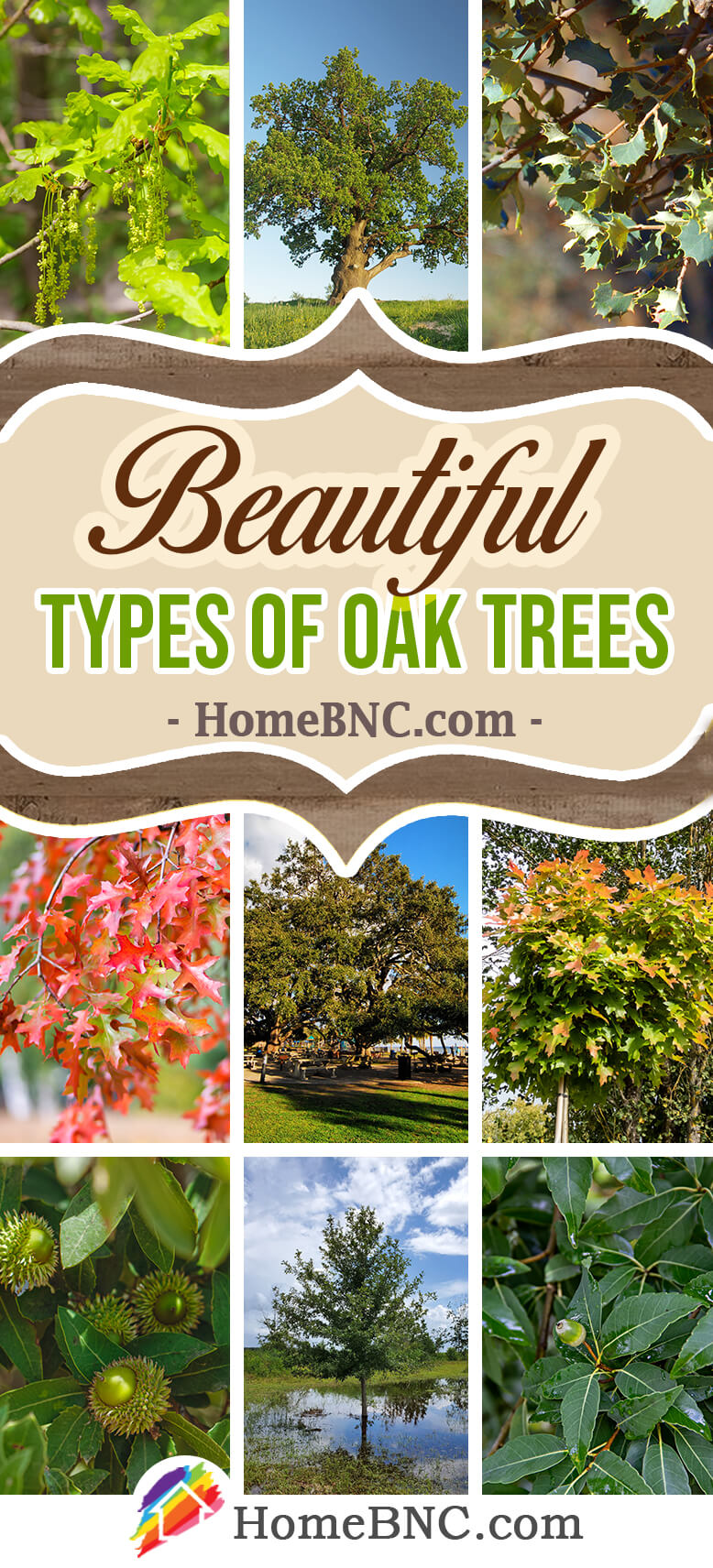
Here are the key takeaways of this guide on different types of oak trees. You will:
- Learn types of oaks you never knew existed
- Find the ideal oaks to grow in your yard
- Access a sensible guide that’s concise and well organized
- Find answers to common questions people have about types of oaks
- See which oaks do best in your climate zone or state
Out of the 500 or so oak tree varieties, this guide covers what seem to be the most admired and revered we know. Some of them prefer cool climates while others enjoy warm weather and bright, sunny days. This list is about variety, beauty and utility. Whether you need something to add shade to a space or to brighten a yard up with color, you’ll find a suitable option here. Based on this list, you can find species that are native to your region or that fit with your climate zone. You’ll be able to find more than one species to grow within your property. If you want to get a better idea of what this plant can achieve in your garden, then keep reading.
1. Black Oak Tree (Quercus Velutina)
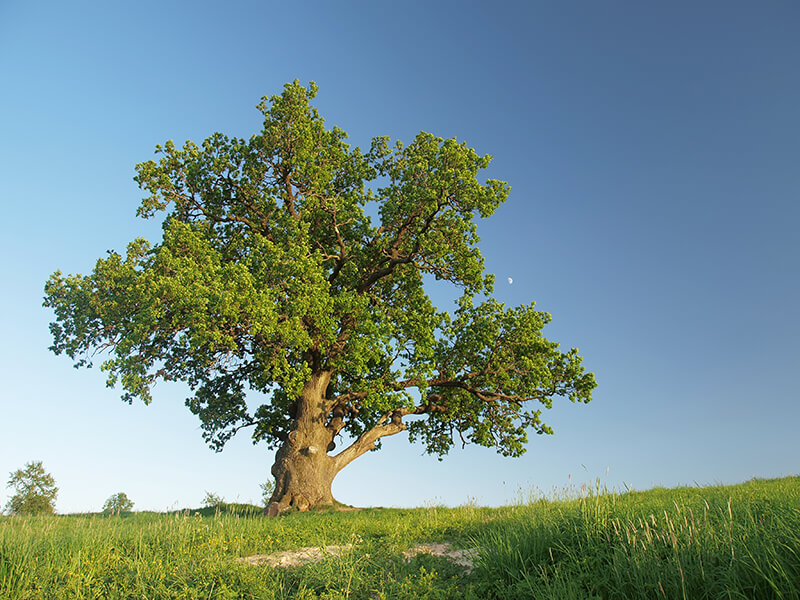
The black oak is well-known and native to North America. Its acorns grow abundantly and are even edible. Its rough textured bark is reminiscent of many white oaks, and this includes the rounded edges of its leaves. Black oaks can survive well in any variation of soil types, which include clays and even silt. You’ll find the black oak tree producing flowers and pollen between middle to late spring. However, its acorns take up to two years to develop, so you will always have an ornament of seeds gradually maturing. In the fall, the black oak tree gives off a deep-red glow.
2. Overcup Oak Tree (Quercus Lyrata)
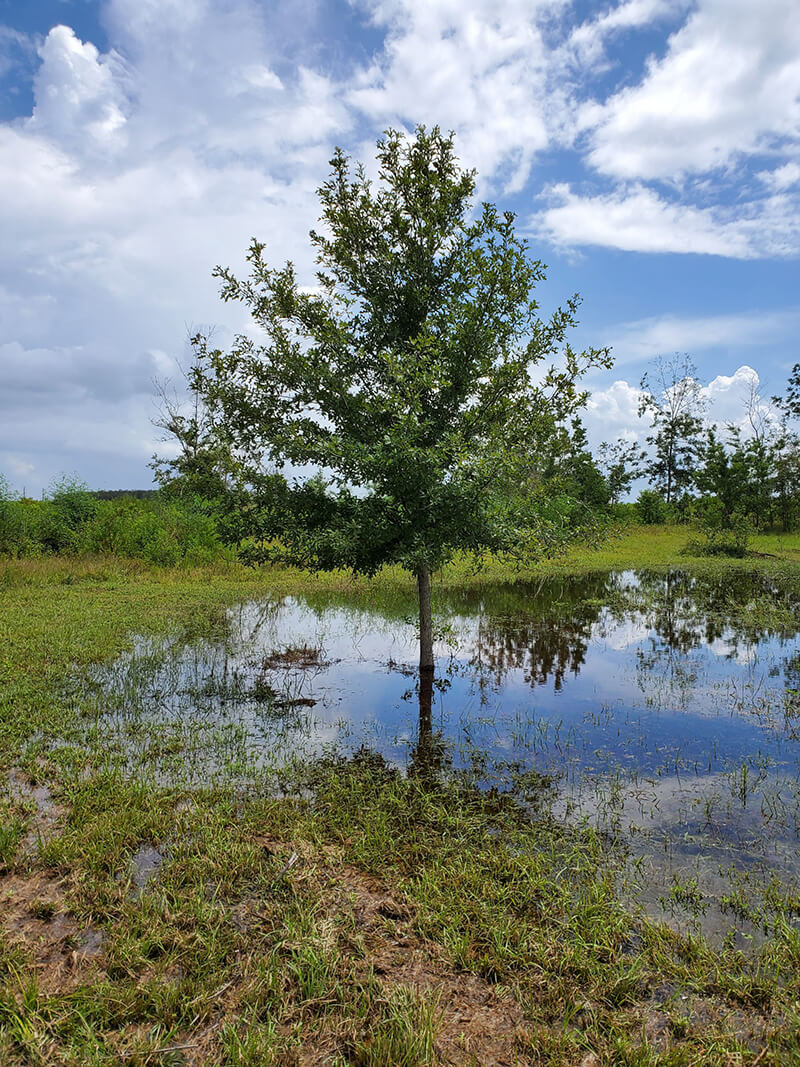
When you identify the overcup oak, you’ll notice a full-bodied oak with a dense canopy. They are not only great for dotting within large fields but can provide welcoming shade on a small plot of land. Its bark matures with a reddish tone that mixes with subtle browns and grays. This oak species is mostly noted for its durable leaves that are leathery in texture and dense. Overcup oaks are medium in comparison to others of this genera and can expect to grow no more than 70 feet tall. During the fall, this plant produces stunning yellow foliage, and wild animals enjoy its acorns.
3. Shumard Oak Tree (Quercus Shumardii)
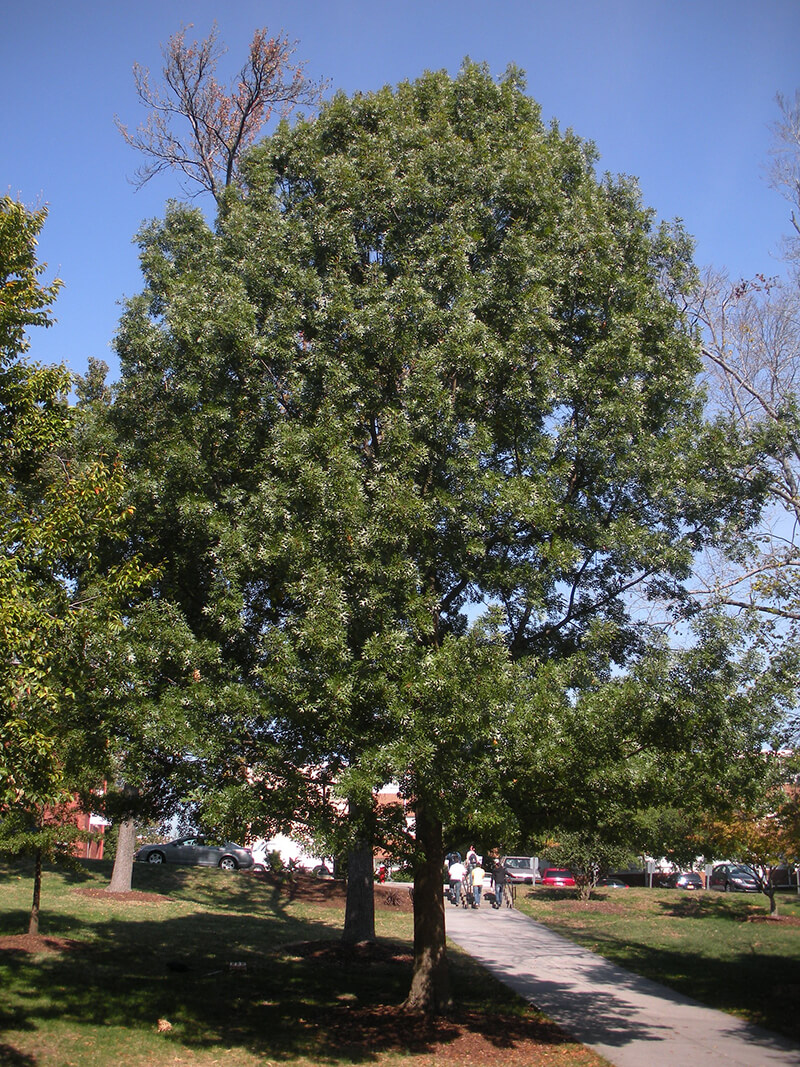
Its pyramidal shape and dull, brown-to-red autumn foliage have made the Shumard oak a popular sight in urban areas. The serrated leaves of shumard oak don’t grow too dense, so maintaining this oak species is easier to do than with others. Shurmards grow on the smaller side of the scale and won’t pass heights greater than 60 feet. When growing this oak, you can expect it to thrive where it can get plenty of daily sun. Though it tends to produce a vibrant red in the fall, it also produces shades of orange that are lively and bright. Shurmards produce catkins before acorns.
4. Evergreen Oak Tree (Quercus Ilex)
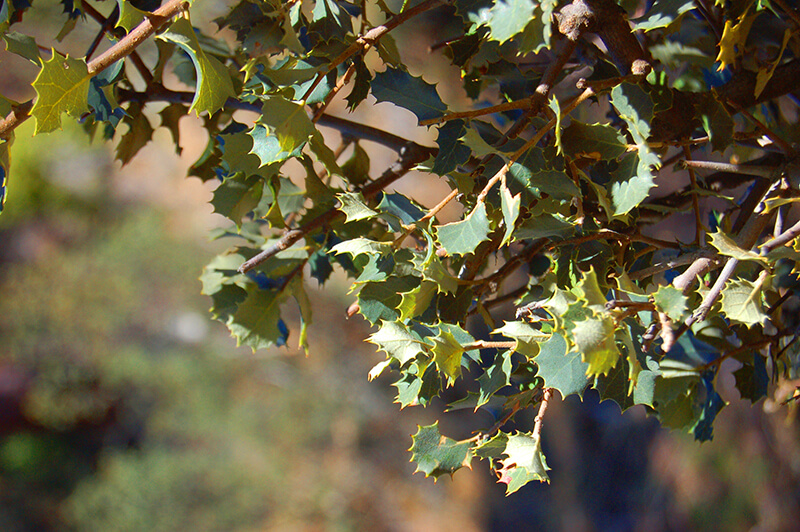
The Holm oak is among the various evergreen oaks that exist. The evergreen oak is an ideal choice for property owners who want to grow a large, mature tree over many years. Holm oak trees have a rounded crown that spreads out with the width of the tree, which reaches over 21 feet wide. The long life of holm oak is attributed to its resistance to common pests and diseases. Whether you have access to good sunlight or not, this oak tree will thrive, but you need well-drained soil. As it’s maturing, the evergreen oak needs to be carefully tended to. Once adapted and strong, the holm oak is drought-tolerant and sturdy.
5. Shingle Oak Tree (Quercus Imbricaria)
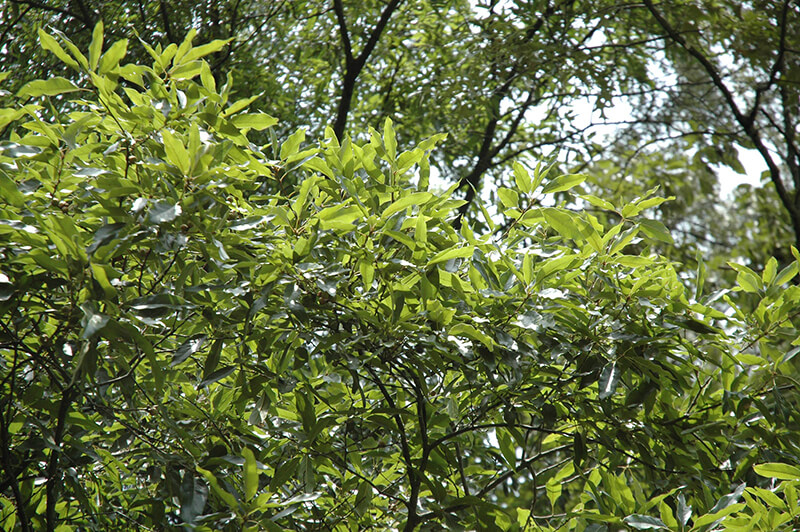
Though genetically part of the red oak tree family, the foliage of shingle oaks differ from typical oak trees. These oval-shaped red oak leaves are dark, thick, and durable. The trunk of red oak can grow up to 3-feet wide but, as a whole, the red oak remains among the smaller oaks of the family. The shingle oak is also deciduous, so it will shed its leaves during the fall. However, its variable-colored leaves will stick around through most of the winter. Reds, yellows and browns should all be expected from this oak. Shingle oaks do well in the cold and are native to Illinois and other North America states.
6. White Oak Tree (Quercus Alba)
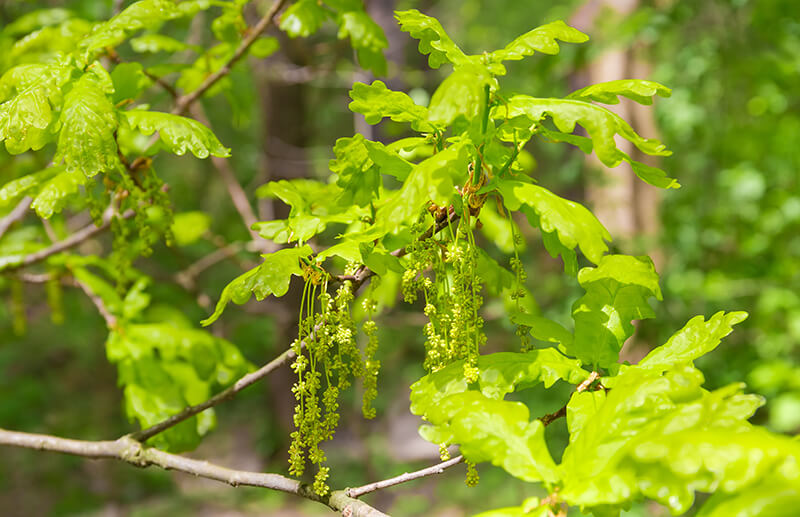
Standing out from among other oak tree varieties, the white oak tree is a giant by any tree’s standard. This monumental white oak rises up with a rounded top but with sparse characteristics of a pyramidal species. The large canopy of the white oak is full, but the way this species grows result in patches and openings that make white oak trees unique. This is among the species of oaks that live the longest, and it’s not uncommon to find the trunk of the white oak growing up to 6-feet wide. Keep in mind, however, that white oak is a slow-growing tree. The dense wood of the white oak is strong and weathers storms and high winds well.
7. Boynton Sand Post Oak Tree (Quercus Boyntonii)
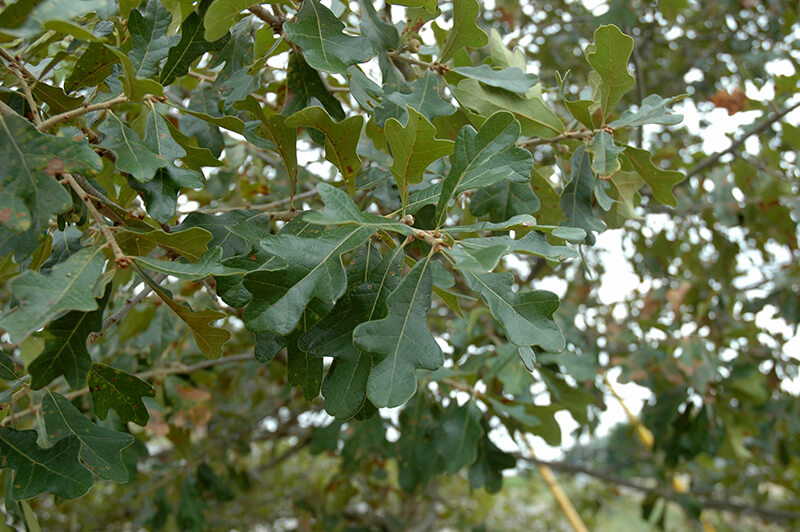
The sand post oak, or Boynton oak, is known within the United States. and has a rusted tint to its plentiful leaves. These colors will show even during the spring and summer. This uniqueness in seasonal appearance is partly why the tree is considered semi-evergreen. Its foliage will last well into winter, so telling the difference in summer is hard to do. Boynton oaks are considered among the shrubs of the oak, quercus family. They grow tall in some conditions but will maintain a height of 12 feet on average. For this reason, they serve well as ornamental oak trees in a garden.
8. Chapman Oak Tree (Quercus Chapmanii)
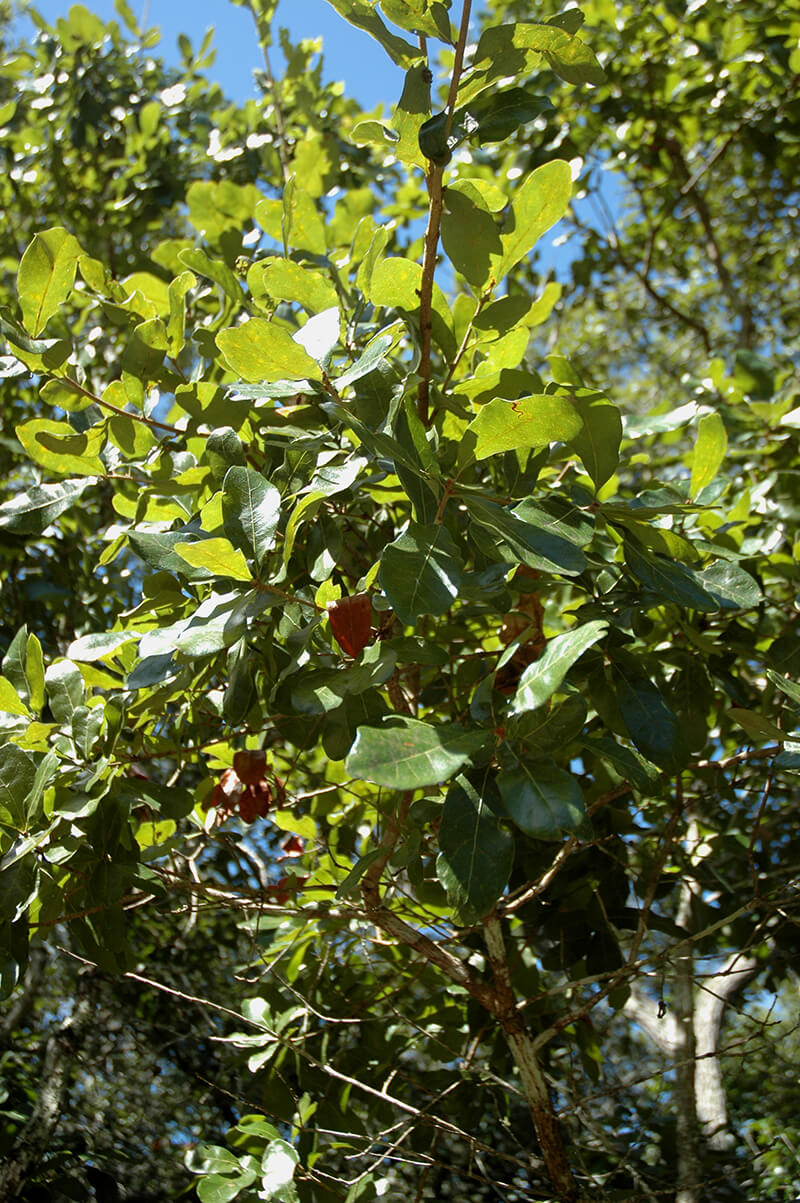
Preferring sandy terrain and coastal regions, the Chapman oak is well-suited to drier habitats. It’s native to the U.S. South and is limited to a height of roughly 30-feet tall. If planted in areas that experience fall and winter, its foliage becomes yellow and red. It stands out because only in the spring will it get rid of its leaves for good. It’s considered a tardy deciduous plant that will help to color up your yard when other plants have lost their flare in winter. This species is known for its medicinal uses and is among the top oaks that are used in common medicines.
9. Golden Oak Tree (Quercus Alnifolia)
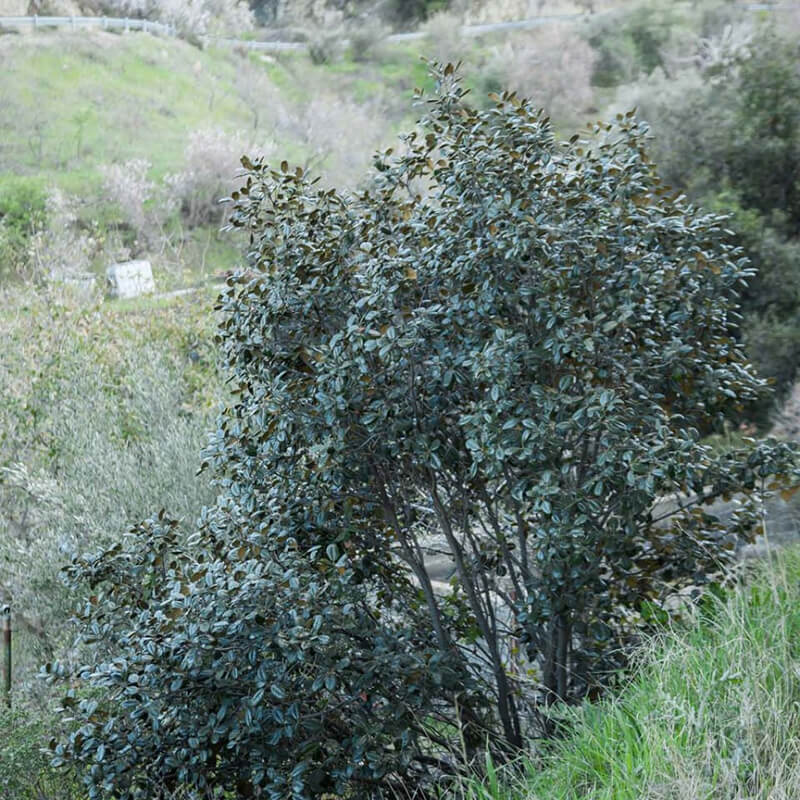
Being originally from the Troodos Mountains of Cyprus, the golden oak thrives in dry climates with plenty of sun. In some cases, it can withstand temperatures as low as minus 1 degree. Though its foliage has individual leaves that are oval in shape, like all oaks, it still produces acorns. When making acorns, the flowers of the golden oak become a haven for butterflies and nectar-seeking birds. Don’t worry about these oak trees getting out of control, for it grows as a unique shrub with a pleasant scent. Its thick, green leaves have yellow on their undersides.
10. Scarlet Oak Tree (Quercus Coccinea)
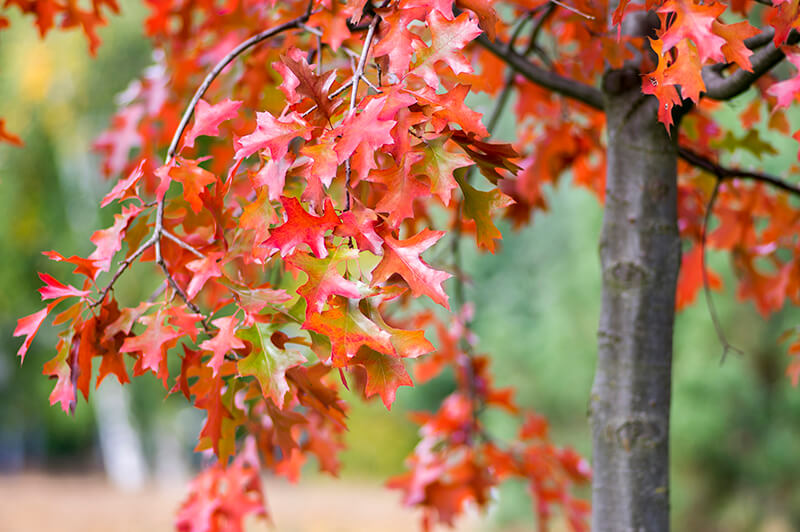
The perfect way to make use of the scarlet oak is as the center of attention within a garden. As its name might imply, the winter colors of this oak are a deep purple to scarlet hue. It’s a pyramidal species, so its top will be pointed and more narrow higher up than at the base or lower half of its branch structure. As an ideal ornamental oak, you can manage its overall size but can still expect it to grow no taller than 80 feet. If your property doesn’t have the ideal types of soil, the scarlet oak will still do well. Just be sure to place it where it gets at least 6 hours of sun.
11. Japanese Evergreen Oak Tree (Quercus Acuta)
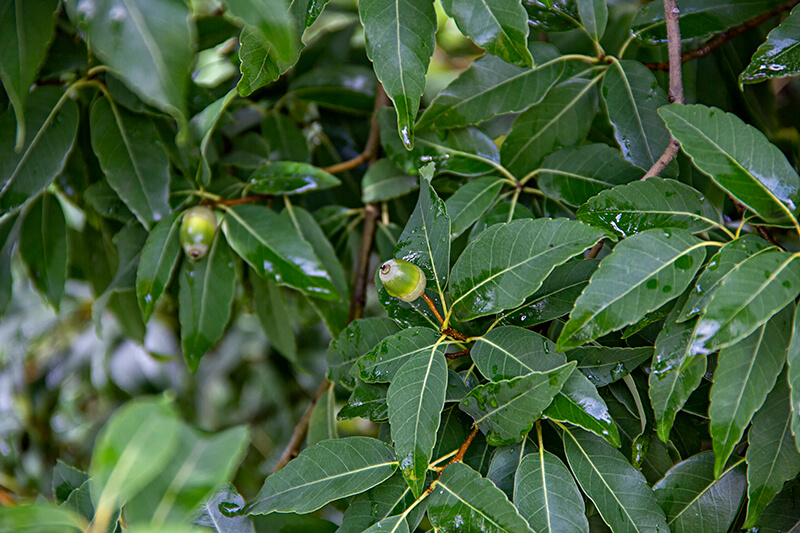
Evergreen oaks like the Japanese variety are still a part of the oak family but differ in how their leaves appear. The quercus acuta is an Asian oak with a smooth surface on its bark that is dark gray in color. It is often referred to as “the” oriental oak. The Japanese evergreen oak only grows to about 45 feet tall and is used as an ornamental shrub. Its olive-colored leaves are oval in shape with a yellowish hue on the reverse side. Its wood is so dense that it’s what martial artists use for mock weapons. It produces clusters of catkins—pollen pods—before its acorns.
12. Chestnut Oak Tree (Quercus Montana)
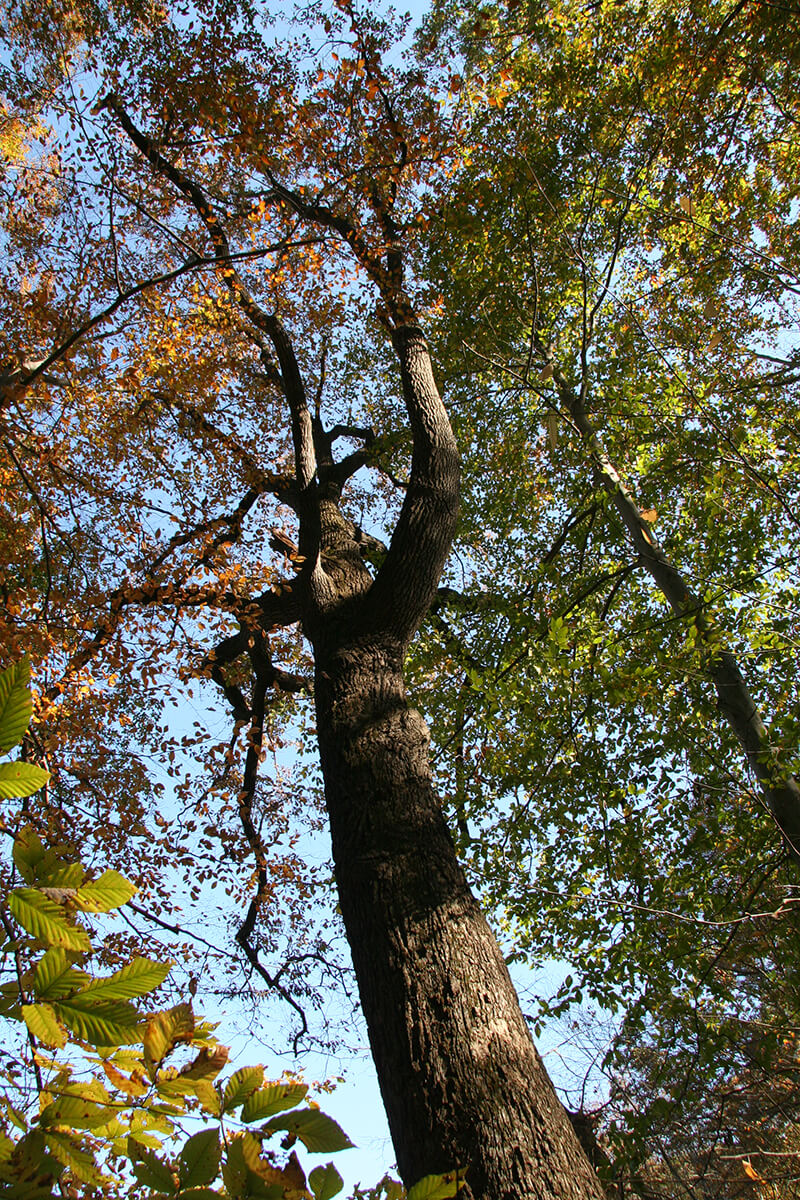
With a potential height of roughly 145 feet, the chestnut oak stands out as a pure oak but with subtle changes that make a big difference. Though the leaves of the chestnut oak seem to be completely oval in shape, with a closer look, you will see the rounded yet serrated edges of this chestnut oak foliage. Chestnut oak trees have broad ridges on their bark surfaces that appear reddish to gray in color. Chestnut oak acorns take only a year to produce seeds, and these are bright, vibrant green before they eventually mature into a darker, brown hue. This chestnut oak is also referred to as a mountain oak.
13. Coast Live Oak Tree (Quercus Agrifolia)
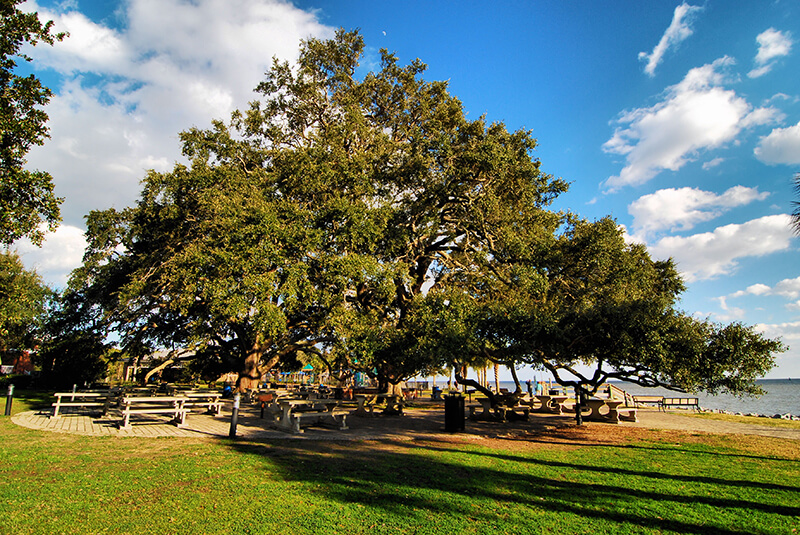
Here’s a wonderful oak that is native to California. The coast live oak is often recognized for its large, wide canopy. The live oak grows to heights of 80 feet tall and can be distinguished by its winding and twisting limbs. The display of these live oak twists and turns makes the coast live oak suitable as a yard display and as a canopy to get shade. The leaves of this oak will remain intact during the winter, for it prefers to grow near coastal shores. The mild temperatures of the coastline enable the coast live oak to produce flowers without stopping them throughout the year.
14. Northern Red Oak Tree (Quercus Rubra)
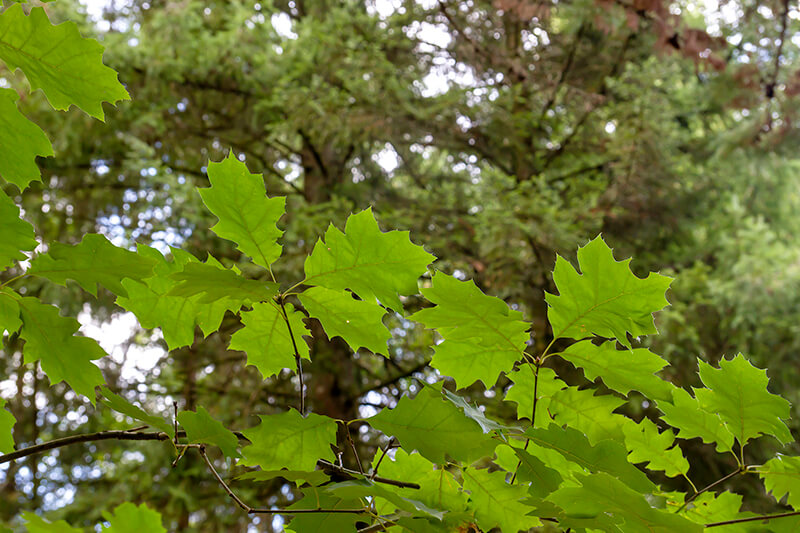
The Northern red oak can grow with a rounded or pyramidal shape depending on its individual character. Each of these red oak trees are different. This stunning red oak will appear as a common one among its family tree, but the fall season will change its foliage into a stunning red. This is a great red oak species for those looking for a fast-growing specimen. Imagine 2 feet of growth each year and for up to 10 years nonstop. Just be sure to keep the red oak thriving with adequate water and strong, direct sunlight. You will find the Northern red oak capable of growing its trunk up to 10-feet wide.
15. Palestine Oak Tree (Quercus Calliprinos)

Though considered the most common oak trees of Palestine and Israel, the quercus calliprinos can live well in any warm to moderately dry climate. It’s so versatile that it can even grow within the limestone. As an evergreen shrub, it’s most notably known for producing visually large acorns. These acorns grow more than an inch and a half long. Its leaves resemble those of common oak trees but with a broader oval pattern that’s finished with serrated edges. As it grows, it will remain compact in size and rarely get any higher than 30 feet tall. It looks cool as a hedge bush.
16. Canyon Live Oak Tree (Quercus Chrysolepis)
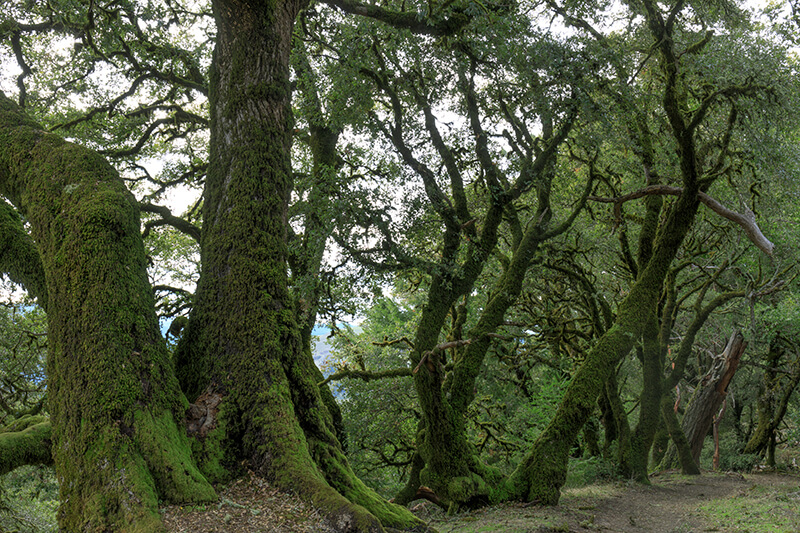
Canyon oaks are also native to California but specifically prefer to grow near streams and springs. You might confuse it with a citrus plant, but the hardy clusters of acorns it produces make its species obvious. Not only will the canyon oak produce acorns, but its specific kind are healthy and edible. Though it can certainly be kept as a wonderful shrub, this oak species will grow up to 100 feet tall in the right conditions. Even when planted in rocky soil, you can expect this oak species of oak to thrive with a full canopy that grows horizontally rather than vertically.
17. Pin Oak or Swamp Spanish Oak Tree (Quercus Palustris)
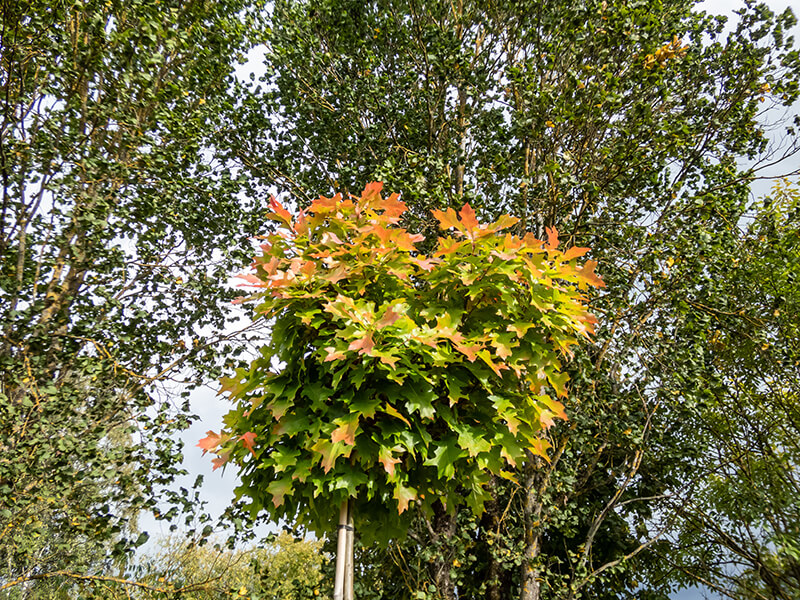
The pin oak gets its uniqueness from its ability to thrive in swampy areas. However, the pin oak is known for being one of the most widely used oaks in landscaping. The growth rate of the pin oak is fast, but its versatility comes from its ability to be transplanted without encountering problems. This allows for a number of property owners to benefit by having an pin oak where it might not, otherwise, tend to grow. Expect the trunk of the pin oak to grow up to roughly 3 and a half feet wide with its height reaching nearly 80-feet tall. The pin oak has rough bark that tends to grow loosely over the trunk’s body.
18. Swamp White Oak Tree (Quercus Bicolor)
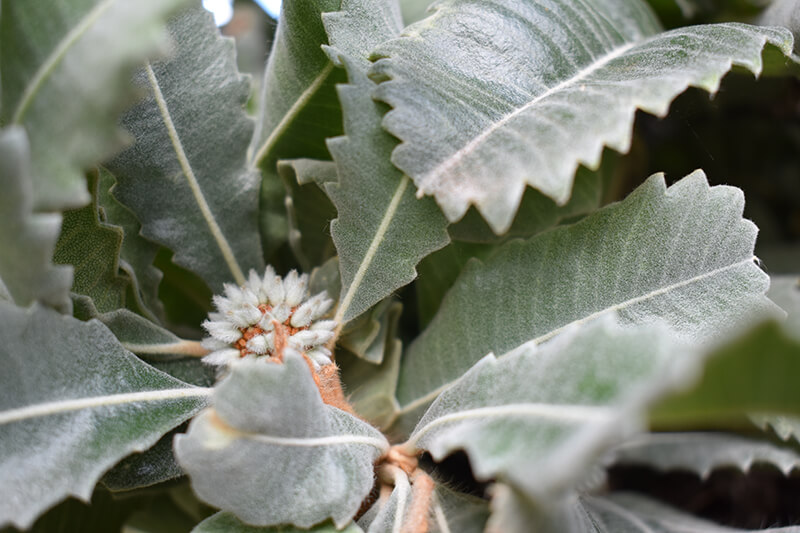
Some oak tree varieties, like the swamp white oak, have branch structure that grow so thick that they seem to crawl about. The swamp oak, however, is also a part of the beech family. Its production of acorns and its white oak bark give it away as a true oak tree. This white oak speciman is versatile and will thrive all over the United States. Just don’t let the name of this oak mislead you. It should not be planted where there is long-term flooding. However, it thrives where natural water sources enable H2O to flow and oxygenate the soil. This white oak is also ideal for timber.
19. Persian Oak—Brant’s Oak Tree (Quercus Brantii)
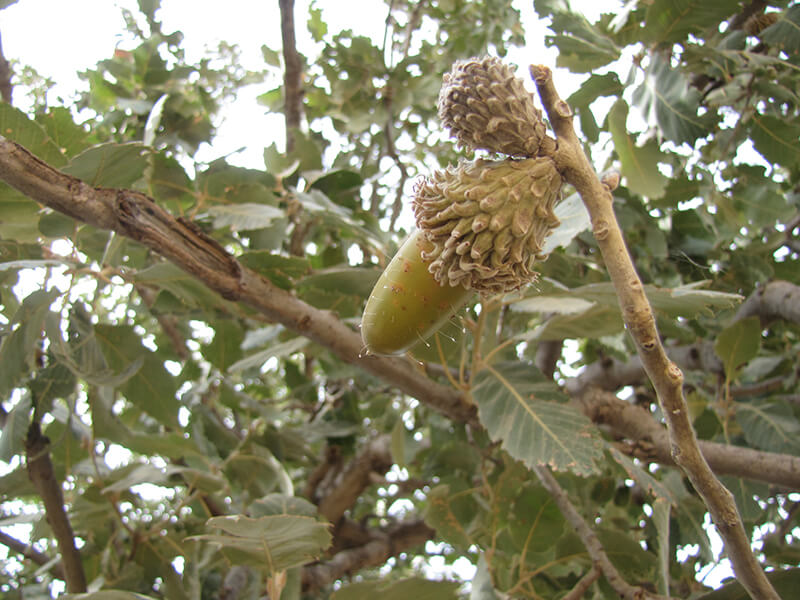
Brant’s oak comes from Western Asia, and it has been historically used in holistic medicines. It is also known as the Persian oak. This oak is recognized by the wide, fat acorn that it produces. Its leaves grow in thick clusters though each individual leaf is thin and medium in size. The Persian oak does well in elevated climates where the air is always moving. It’s known as a mountain oak for this reason. The Persian or Brant’s oak can withstand droughts without becoming weary or having a stunt in growth. Though ornamental, it grows up to 100 feet tall.
20. Willow Oak Tree (Quercus Phellos)
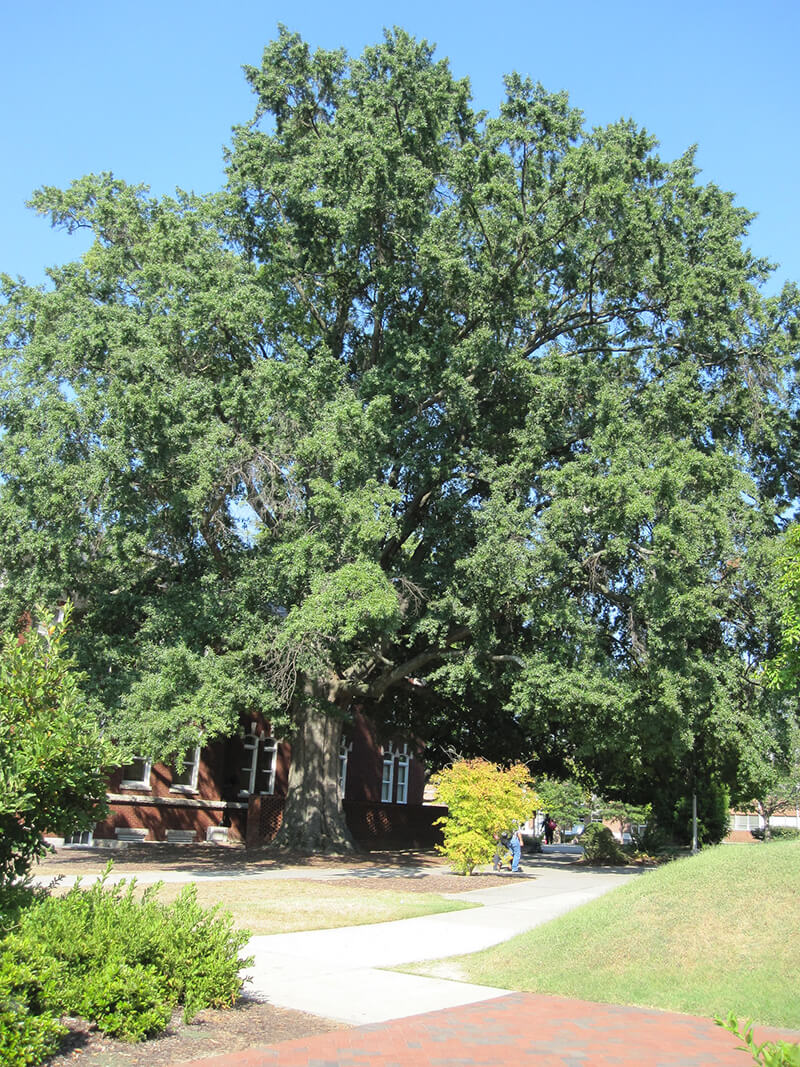
The willow oak is known for the tree it is named after. Like the elongated foliage of the willow tree, the willow oak has leaves that are needle in shape and thin. These bunches of leaves, however, will allow clusters of acorns to be shielded from the sun. The willow oak grows to the massive sizes that common oak trees are known for. The “willow leaves” of this willow oak change into a vibrant yellow with hints of dull, rusty browns. Many of these leaves get blown by the wind since they are so small. This leaves most homeowners who have a willow oak with little work to do in autumn.
21. Blackjack Oak Tree (Quercus Marilandica)
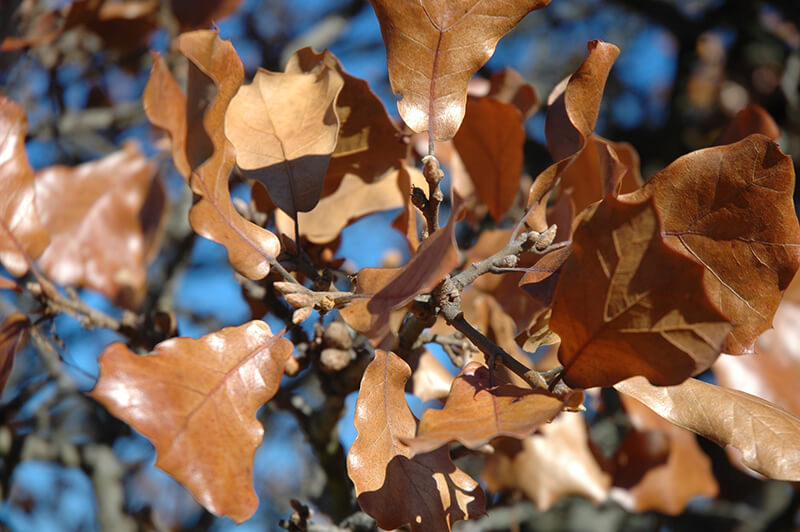
The blackjack oak produces a good wood for barbequing, which generates high temperatures. It’s recognized for its medium stature that grows no more than 50 feet tall. You can identify it by its trunk, which will be nearly black in most cases. It grows a dense canopy of branches and limbs, and this makes it great for use in shading a lawn. Its leaves stand out; they’re rectangular, broadening outward toward their very tips. The foliage changes in the fall and reveal colors of bright yellow to red that eventually change into earthy hues with hints of rust.
22. Ajo Mountain Scrub Oak Tree (Quercus Ajoensis)
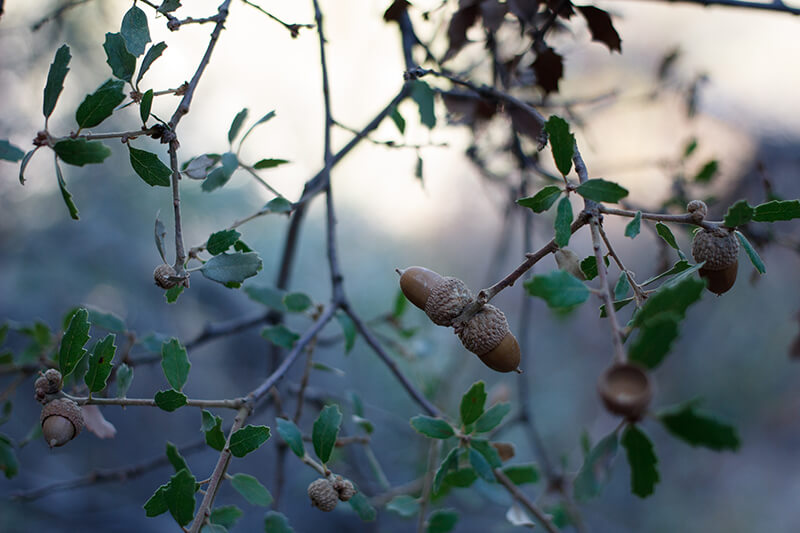
The mountain scrub oak is a pleasant bush with foliage that might be mistaken for a common holly. The points of these leaves, however, won’t prick or harm you. They grow in a very ornamental cluster that makes them ideal for the aesthetics of a garden. Its acorns grow annually and are no bigger than your fingernails or half the size of them. As a mountain species, elevated climates help this bush to thrive. However, this oak species thrives in all parts of California. Unlike common oaks, the mountain scrub is short, compact, and filled with branches.
23. Chihuahua Oak (Quercus Chihuahuensis)
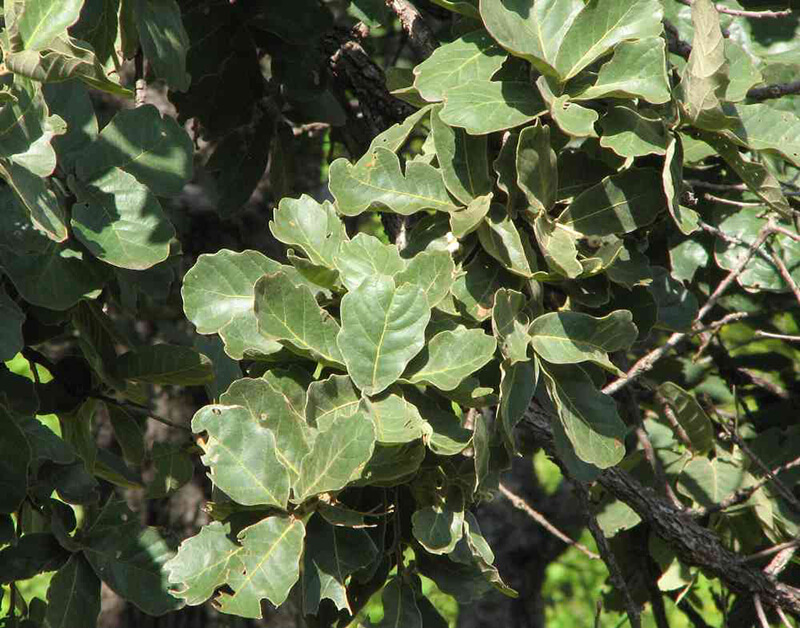
The Chihuahua gets its name from both the Mexican state of Chihuahua and the infamous, yet tiny lapdog of Latin America. This oak will produce acorns but won’t grow taller than 33 feet. It prefers high elevations and is able to thrive at levels between 1,300 and 6,600 feet. Make sure that you’re at least above sea level to ensure that Chihuahua oaks truly thrive. Like many of the smaller oaks in the world, this oak species is part of the beech family. It has smooth bark, which grows as a brown hue, unlike other oaks. Fuzzy, hair-like pistols grow on its leaves.
24. Water Oak (Quercus Nigra)
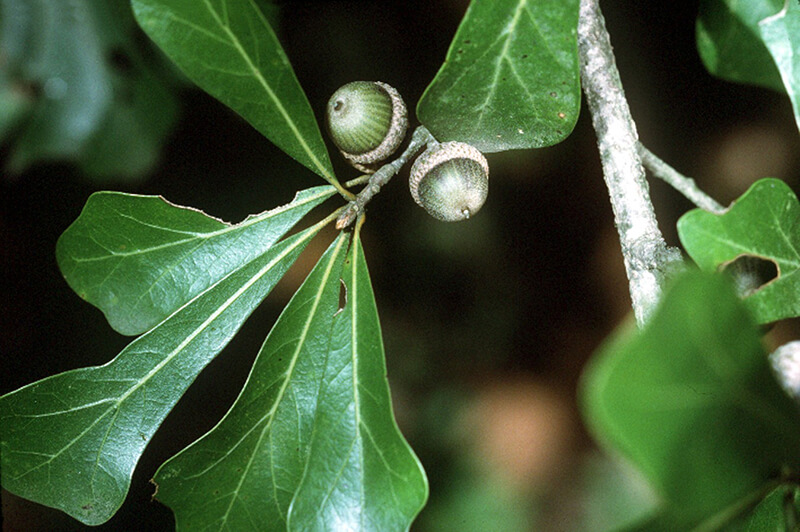
The quercus nigra or water oak is a majestic ornament and a great specimen for gardeners who want to plant a truly rare oak on their properties. The leaves of the water oak are waxy and dense and sculpted with subtle similarities to a common oak. The leaves have a blue-to-greenish hue in them. You can find it growing on the coasts of New Jersey and even in Texas. In warmer climates, it’s considered an evergreen, but it prefers lower elevations. Its height reaches up to 100 feet, and its tall stance is well suited for swamp lands with plenty of moisture. It is also called the water oak.
25. Bur Oak (Quercus Macrocarpa)
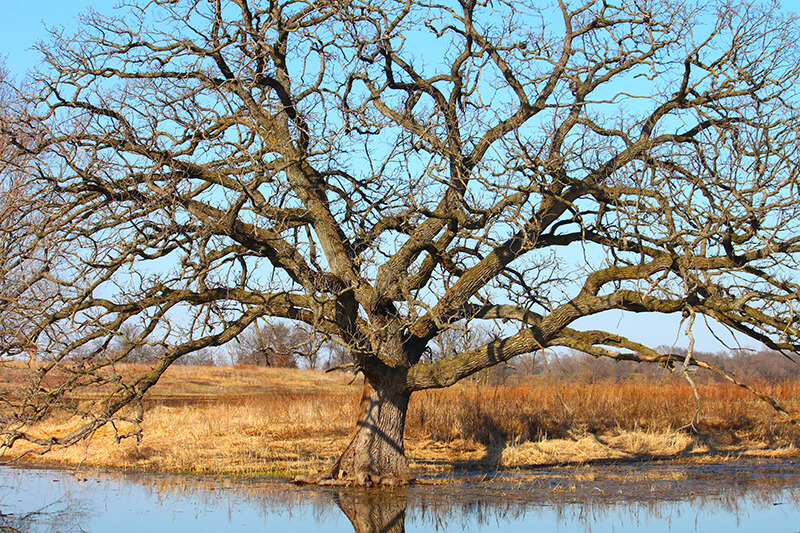
The bur oak is a grandfather of oak trees, growing tall, wide, and over many years. The appearance of the bur oak even seems aged; the wide trunk of the bur oak is covered with thick, deep grooves from its nearly black bark. The bur oak specimen grows itself way beyond 100 feet tall and fills its canopy with dense foliage. Those leaves are massive and grow well over 9 inches in length. Like most white oaks, the lobes of bur oak leaves are rounded and smooth at the tips. The acorns produced by this bur oak grow over 1 and a half inches with up to a half inch in width. The acorns of the bur oak look just like chestnuts.
26. Mirbeck’s Oak, Algerian Oak (Quercus Canariensis)
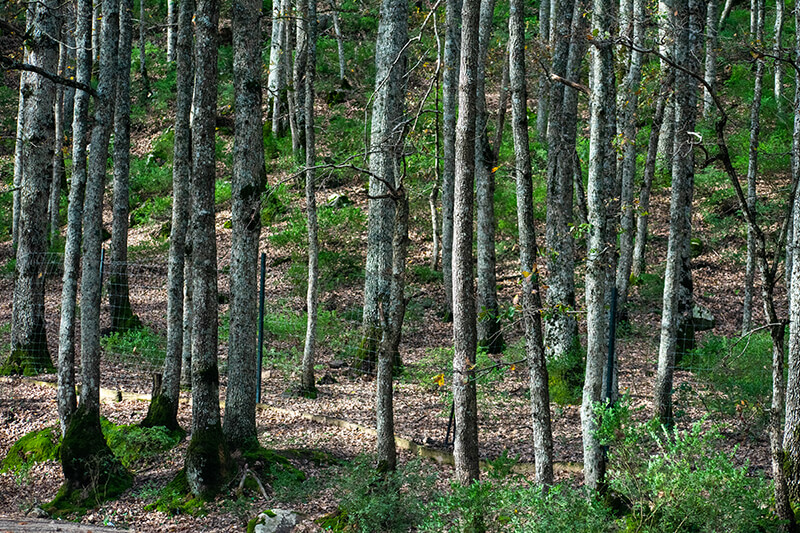
The Algerian oak is also known as the Mirbeck oak. Its natural habitat is in and around the Mediterranean. Morocco, Spain and Algeria are among its ideal environments. However, good sun and relative warmth will allow this oak tree to thrive wherever it’s planted. It only remains evergreen when planted in warmer climates that don’t experience severe temperature drops or draughts. Over time, this variety can grow a trunk that’s up to 5-feet wide. Its maximum height sits between 80- to 100-feet tall. The leaves of this quercus canariensis are greenish blue.
27. Sessile Oak (Quercus Petraea)
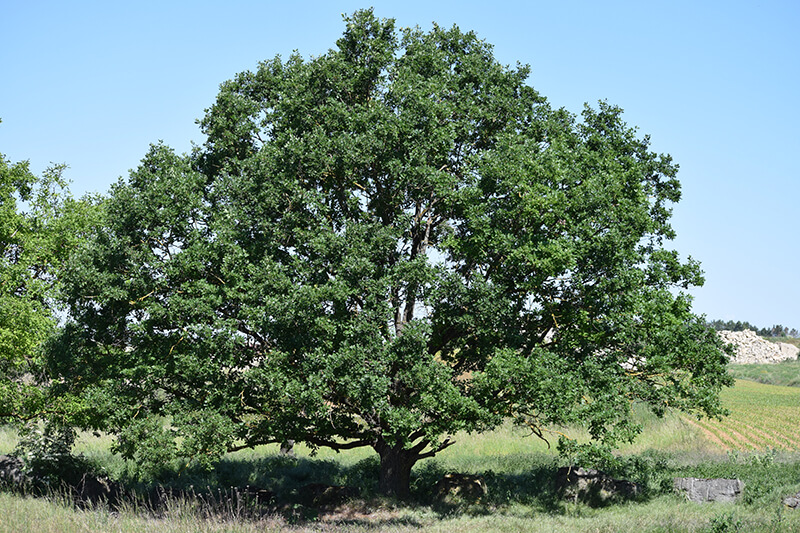
With names like the Irish and Cornish oak, the Sessile oak is considered a botanical emblem across Europe. It adapts to a number of climates but prefers ample space. Being a part of the massive white oak family, the Sessile oak has the ability to grow up to 131 feet tall. Its presence will be known wherever it’s planted, and it works best in acidic and even sandy soils. When found growing in nature, it’s known to thrive in between the cracks of rocks and stones. Good rainfall or routine watering is required to ensure that this oak reaches its full potential.
[wp-faq-schema title=”Frequently Asked Questions About Types of Oak Trees” accordion=1]27 Eclectic Types of Oak Trees
Oak trees are wonderful to have on your property. You need a species of tree that grows beautifully but that will withstand the demands of your climate zone. Oaks have a long life expectancy and are fairly resistant when storms or high winds pass.
The better you care for that tree, the more you can watch it live life out to its fullest. You might even have enough land to experiment with growing some timber, and oak is a reliable wood.

